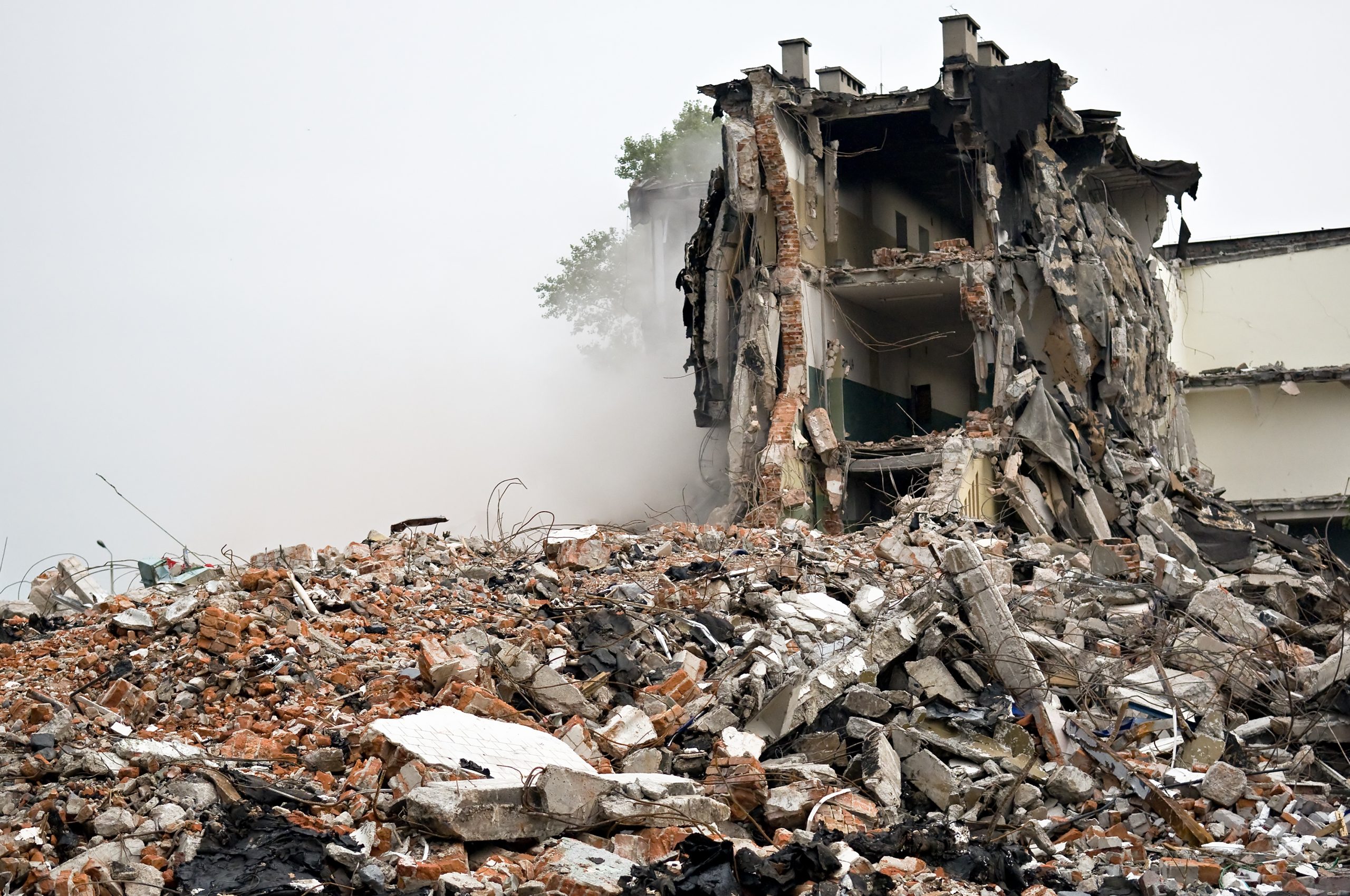The School Attack America Forgot

Maniac: The Bath School Disaster and the Birth of the Modern Mass Killer, by Harold Schechter (Little A: 2021), 254 pages.
The mass murder of children is a particular horror, one the last 80 years has brought us in a range of contexts, from the Holocaust to school shootings. But in the 1920s, an attack on a school was a new and baffling crime, and one that culturally and sociologically America was not yet ready to deal with.
In Maniac, crime expert Harold Schechter explores the life of Andrew Kehoe, architect of the Bath, Michigan, school bombing of 1927, which killed 38 children. Soon after the school day began, half the building was obliterated by multiple blasts. In a subsequent explosion, Kehoe detonated his truck outside the school, killing himself and several bystanders. At the time, terrorist bombings were known, but tended to be the work of political radicals. Their targets were symbols of power and capitalism (as with the Wall Street bombing a few years earlier). An attack on a school was not something anyone anticipated—unlike today, after decades of “duck and cover” planning for nuclear attack and, now, active shooter drills. In the 1920s schools were still a safe haven.
Schechter begins with a contemplation of why certain shocking crimes seem to disappear the day they leave the headlines, and others stick with us in collective memory. Some killers, like Leopold and Loeb, become household names—while other perpetrators of equally disturbing crimes just slip from view, forgotten.
Kehoe was one of those who has largely been forgotten. Despite an attack that took 45 lives (six adults, besides Kehoe, died in addition to the children), and injured dozens more, few people have heard of him, even as they could easily name Al Capone or Bonnie and Clyde, criminals of the same era. This Midwestern farmer methodically planned an act of brutal destruction, rigging a school with bombs, motivated by annoyance at taxes to fund a new building.
Schechter tells the story at a quick beat, taking us through Kehoe’s background and early life, up to the fateful day. The son of Irish immigrants, he still lived in the rural area where he had been raised. Married but childless, he was not a known criminal or troublemaker. He was even a member of the school board and helped out as a handyman (a role which granted him access to plant the fuses and pyrotol).
While we know the outcome, reading the story chronologically is as nerve-wracking as a page-turning thriller. We see Kehoe buying the explosives, gradually building up his arsenal, and planning the attack. Schechter doesn’t spend too much time attempting to psychoanalyze Kehoe; he’s more focused on our cultural response to such a monster in our midst.
Andrew Kehoe’s actions represent a true horror and were an eerie harbinger of crimes to come: “Kehoe had packed the bed of his truck with ‘scraps of metal, used farm implements, nuts, bolts, and nails,’ turning his vehicle into the kind of shrapnel-filled car bomb that would become a weapon of choice for international terrorists in future decades.” He even planned a greater cataclysm than what occurred. Several of his timers failed, meaning some of his bombs at the school did not explode. In a pattern now familiar, his first victim was his wife (he murdered her before the bombing), and he ended the attack by killing himself.
In a sense, Kehoe was a man ahead of his time. As Schechter writes:
In our post-9/11, post-Columbine era, the monster we fear is not the night-stalking psycho, preying on one victim after another, but the “human time bomb,” primed to commit a single act of wholesale, apocalyptic violence: the terrorist planting a weapon of mass destruction in a public space, the suicide bomber detonating himself in a crowd, the school shooter on a rampage with high-powered assault weapons
We are braced for the mass-casualty event, the chyron on CNN, or the newspaper headline with a death count in double digits.
In the 1920s, however, crimes like this were a development yet to arrive. Schechter points out that responses to Kehoe included the feeling that he was a perfect illustration that some people are born bad, and therefore made the case in favor of eugenics, a widely supported idea at the time. Others treated the horrific crimes as a sideshow and came through the wreckage trying to grab souvenirs; thousands of rubberneckers arrived on the scene within hours of the bombing, and one even grabbed a piece of Kehoe’s shredded body.
Meanwhile a small community had barely a family untouched by the tragedy. Some parents lost multiple children. Yet for the rest of the country, Bath township’s agony was wiped away, like collective amnesia. Perhaps we did not remember because we did not want to know.
Katrina Gulliver is a historian who has written for the Spectator, TIME, the Atlantic, Slate, Reason, and the Weekly Standard. Currently she is working on a history of urban life. Follow her on Twitter @katrinagulliver.
Comments